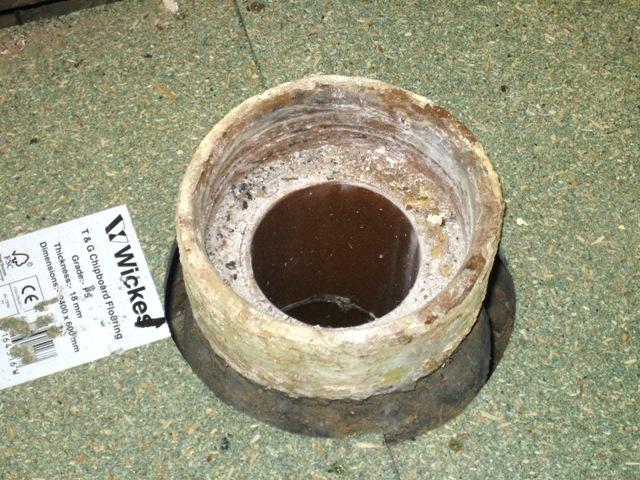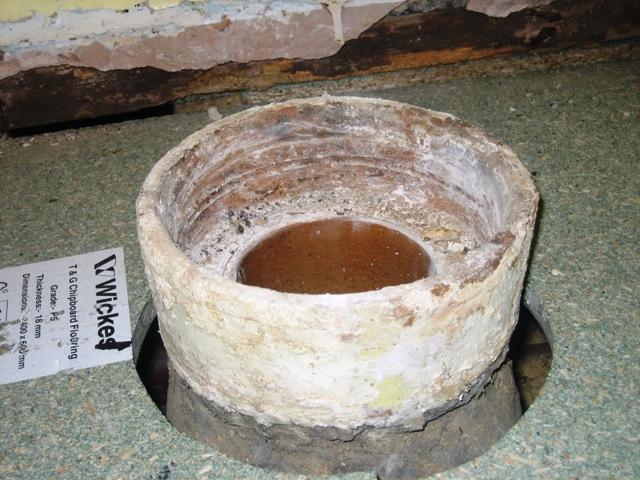Hello,
Just after a bit of advice if possible.
Were finally getting round to replacing our cloakroom set as it's been a room to avoid since we moved in!!
When we've removed the old toilet it looks to have been sitting on a large soil pipe 8" in diameter which then seems to reduce, but the old toilet was then packed out with filler to make a seal.
I've attached some pics of what is left and just wonderinf what the hell I can do with it as a flexable waste doesnt seem like it will do the job.
Any advice would be welcomed.
Just after a bit of advice if possible.
Were finally getting round to replacing our cloakroom set as it's been a room to avoid since we moved in!!
When we've removed the old toilet it looks to have been sitting on a large soil pipe 8" in diameter which then seems to reduce, but the old toilet was then packed out with filler to make a seal.
I've attached some pics of what is left and just wonderinf what the hell I can do with it as a flexable waste doesnt seem like it will do the job.
Any advice would be welcomed.



